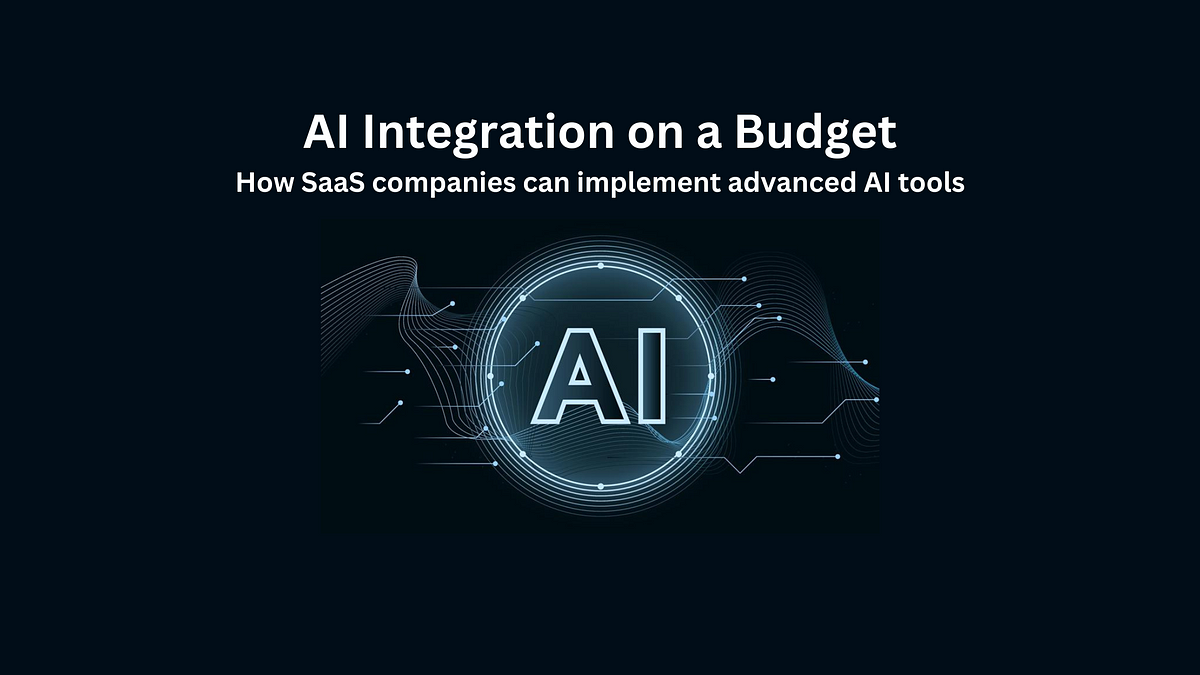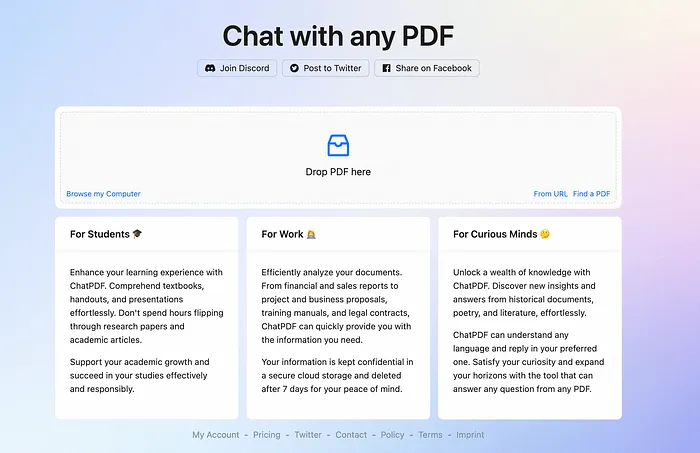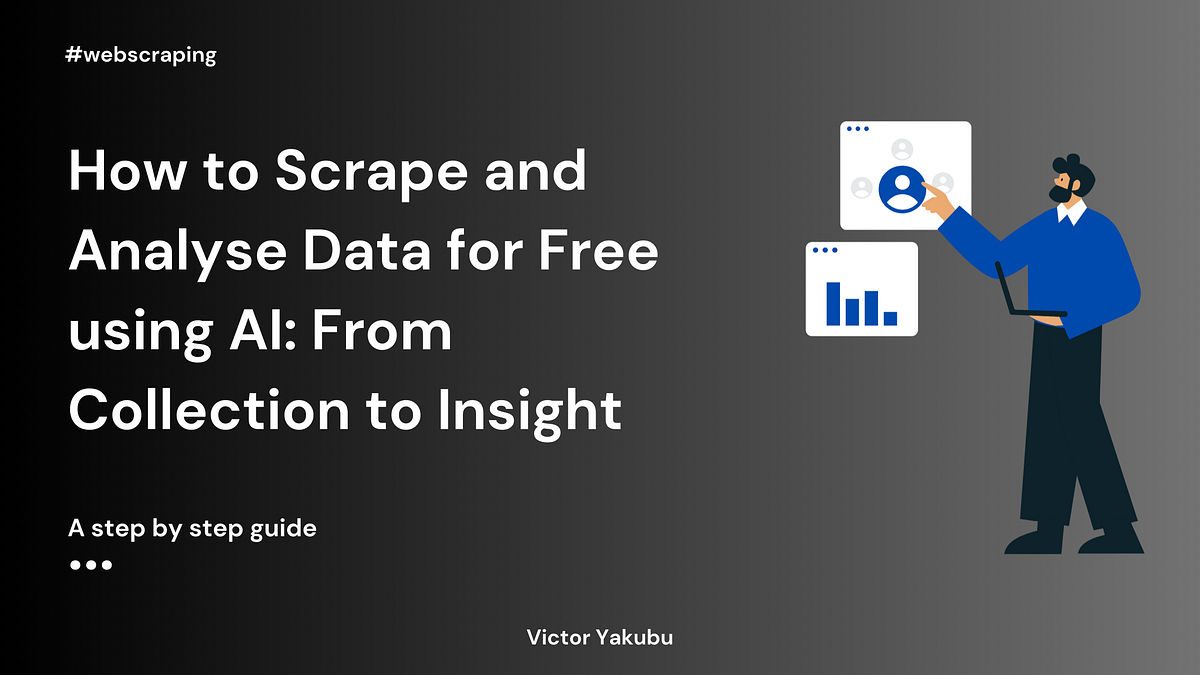
Enterprises are racing to leverage the latest developments of AI after seeing the potential productivity gains applications such as chatGPT can bring to an organization. Although pressure from boards on executive teams to synthesize an AI strategy, the adoption of AI in enterprises is lagging. For most companies, the bottleneck is the extremely expensive technical knowledge to build large-scale AI-powered systems in-house. The benefits of adopting AI and LLMs are evident, businesses can leverage the automation of AI-assisted tools to speed up their processes and work on other tasks without the hassle of mundanity or extra labor costs. Dan Meier, an established Swiss founder, has created VectorFlow, a platform to help companies leverage AI to automate monotonous tasks and augment workflows with AI.
Dan Meier's Urge to Innovate
Since he was 15 years old, Dan Meier has been fascinated by math and programming, developing Swift applications for iPhones and building web applications. Besides coding, he enjoyed organizing events of all kinds --- he was one to organize events rather than be a part of the event. Rather than studying computer science, he decided to learn more about the business world and graduated with a Bachelor's degree in Business Administration and Management at the University of St. Gallen.
While at the University of St. Gallen, Dan led the organization of the START Summit with more than 5,000 participants attending from around the world. While organizing the conference, he also founded an accelerator program for young students from Latam to connect with investors, and startups in Switzerland to boost a flourishing ecosystem around the conference. His presence at the three-year conference exposed him to success stories from entrepreneurs and fueled his urge to start his own startup.
After his three years at the head of START Summit, Dan joined Blair, a high-growth startup backed by reputable investors. As part of the core team, he was responsible for scaling operations, by building out the platform. His experience with Blair led to him launching his first startup in the payment industry before he co-founded with David Garnitz, VectorFlow.
The Ease of Automation of VectorFlow
In order to help companies leverage the power of AI without having to hire expensive technical talent and democratize access to AI, Dan Meier, built VectorFlow, an open-source platform for companies to build AI applications, with the help of his friend David Garnitz, a former SpaceX and Affirm software engineer. VectorFlow is an open-source platform designed to build data pipelines specifically to connect LLMs to proprietary data that the LLMs would otherwise not have access to to answer company-specific questions These vector pipelines ingest data, pre-process it, embed it, and store it in vector databases. Dan and David developed the platform to help companies always have up-to-date internal data concerning AI applications in their system.
With API requests, VectorFlow users can send raw textual and image data with the following extension types:
- TXT
- HTML
- DOCX
- JPG
- JPEG
- PNG.
Dan created VectorFlow to ingest large amounts of data through a distributed system architecture and connect them to LLMs to build semantic searches easily.
Developers can integrate VectorFlow into their Python applications to easily configure and experiment with different settings for the pipeline to optimize the system for better search results. The library allows for the configuration of metadata strategies, chunking methods, and open-and-closed-source embedding models that help developers optimize AI applications. To scale VectorFlow, Dan recommends that developers use Kubernetes in a production environment or Docker in a local environment.
The VectorFlow platform, due to its API access, can seamlessly be integrated into existing products due to its integration with frameworks such as Llama Index. Developers can ingest the data through the API or the pre-built connectors to VectorFlow.
Dan's VectorFlow Platform automates the entire process, but developers can decide how they would like to configure each of the steps to optimize the systems for individual use cases.
About the Author Elizabeth Pavone is a renowned software engineer specializing in IoT. She designs and develops sensors for robotics kits and car models, ensuring their calibration, quality, and efficiency.



